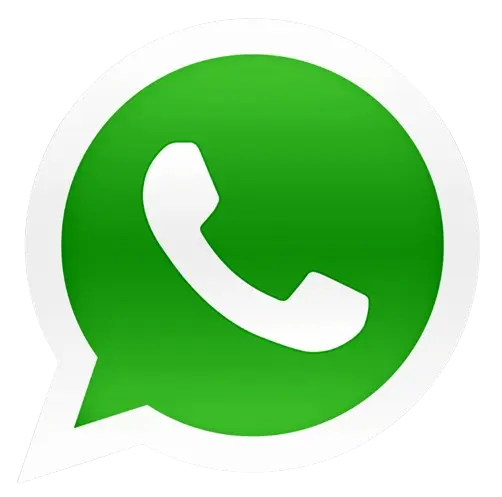$2,000 Direct Deposit:As the cost of living continues to rise in the United States, the federal government is offering much-needed relief—a $2,000 direct deposit payment scheduled until October 2025. For millions of Americans, this financial assistance couldn’t come at a better time. Rising rents, grocery prices, and healthcare costs have strained budgets, and this direct deposit aims to help families and individuals manage their daily expenses.
Administered by the Internal Revenue Service (IRS) and supported by the U.S. Treasury Department, this initiative will deliver payments directly to eligible citizens’ bank accounts, ensuring fast and secure access to funds. Although it’s not officially called a “stimulus check,” a $2,000 direct deposit works much the same way—providing immediate relief without any application.
Let’s understand what this payment means, who is eligible, and how to ensure you receive it easily.
What is the $2,000 Direct Deposit Program?
The $2,000 direct deposit is a one-time federal payment designed to help Americans cope with rising inflation and the cost of living. It targets middle- and low-income families, retirees, and individuals on fixed incomes, such as Social Security and Veterans Affairs (VA) beneficiaries.
The IRS will use its existing payment framework—the same one used for previous stimulus programs—to automatically send the funds. Most eligible recipients will receive the funds via direct deposit, while others will receive paper checks or EIP debit cards (Economic Impact Payment cards).
The primary goal of this program is to alleviate financial stress for millions of families while also boosting local economic activity by encouraging spending.
Eligibility Criteria for $2,000 Payments
To ensure that funds reach those who need them most, the IRS has established specific income-based eligibility requirements. These are expected to be similar to previous relief payments:
| Filing Status | Adjusted Gross Income (AGI) | Payment Amount |
|---|---|---|
| Single | Up to $75,000 | Full $2,000 |
| Married Filing Jointly | Up to $150,000 | $4,000 per couple |
| Head of Household | Up to $112,500 | Full $2,000 |
| Above limits | Gradual phase-out | Reduced payment |
Additionally, several other groups are automatically eligible:
- Social Security (SSI, SSDI) recipients
- Veterans Affairs (VA) beneficiaries
- Railway Retirement recipients
- Low-income individuals and non-filers, based on federal benefit records
If your income exceeds the set limit, you may still receive a partial payment, which gradually phases out based on your reported income.
Payment Dates and Distribution Schedule
The IRS and Treasury Department are scheduled to begin distributing $2,000 payments in October 2025. This will begin in phases:
- October 10-18, 2025: Direct deposits for taxpayers with updated bank account information on file.
- October 19-25, 2025: Payments for Social Security, SSDI, SSI, and VA beneficiaries.
- October 26-31, 2025: Paper checks and prepaid debit cards will be sent to eligible recipients without direct deposit details.
Taxpayers with direct deposit will receive their payments first, while others may experience slight mail delays.
IRS Instructions for Recipients
To ensure a smooth payment process, the IRS has provided several important instructions:
-
Keep your bank details current.
Log in to your IRS.gov account or use your online tax portal to update banking or mailing information. -
File your 2024 tax return.
Even if you earned little or no income, filing ensures the IRS has your most recent information for eligibility verification. -
Avoid scams and fake messages.
The IRS will never contact you by phone, email, or text to ask for your bank details or Social Security number. Always check official updates on IRS.gov. -
Track your payment.
Once payments begin, you’ll be able to monitor your payment status through the “Get My Payment” tool on the IRS website.
Why This Payment is Important
For many Americans, this payment could provide the relief they’ve been waiting for—paying outstanding bills, buying groceries, or even paying rent. With inflation still putting pressure on household budgets, the $2,000 relief payment is a timely effort to help people maintain financial stability.
In addition to personal benefits, direct payments also stimulate local economies by increasing spending on small businesses and community services. This isn’t just financial assistance—it’s a way to keep the nation’s economic pulse strong.
Frequently Asked Questions (FAQs)
1. Who qualifies for the $2,000 direct deposit?
Anyone with an income below $75,000 (single) or $150,000 (married filing jointly) qualifies for the full payment. Social Security and VA recipients are automatically included.
2. Do I need to apply for this payment?
No application is required. The IRS will automatically issue payments based on your 2024 tax return or benefit records.
3. How will I receive my payment?
Payments will be sent via direct deposit, paper check, or prepaid debit card, depending on the information the IRS has on file.
4. Is this payment taxable?
No. The $2,000 direct deposit is non-taxable and won’t affect your Social Security or other federal benefits.
5. When will I get my payment?
Most recipients should receive funds between October 10 and October 31, 2025, depending on their payment method.
6. What if I don’t receive my payment?
If you don’t receive your payment by early November, you can claim it as a refundable credit when filing your 2025 tax return in 2026.

